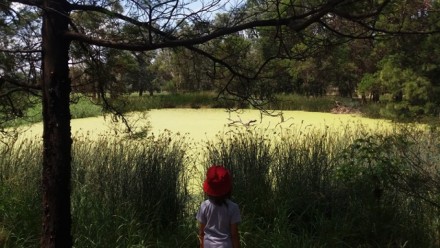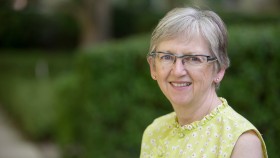How Australia can act on suicide prevention
Share
Experts say the Australian Government's "zero suicide" strategy, which will focus on Indigenous groups and children, might benefit from drawing on the experiences of Denmark.
Denmark historically had one of the highest suicide rates. But the European nation has flipped the statistics to have some of the lowest rates among high-income countries, according to Honorary Associate Professor Annette Erlangsen, from ANU Centre for Mental Health Research.
Writing an editorial in today's edition of Science, Professor Erlangsen has outlined Denmark's efforts to lower suicide rates.
"Denmark's steep decline in suicide rates over several decades is unique in the world," said Professor Erlangsen.
"Denmark's strategy for tackling suicide was multipronged and spanned many years. But one of the most effective elements was secured through restricting access to suicide methods and ensuring psychiatric care to people with mental disorders."
The Danish government initiated restrictions on the availability of medications linked to suicides, removed carbon monoxide from household gas and introduced catalytic converters in car exhaust systems along with firearm restrictions.
Denmark's suicide rate hit an all-time high of 38 per 100,000 inhabitants in 1980.
Since 2007, however, the number of suicides in Denmark has remained fairly constant at around 600 deaths each year; corresponding to a rate of 11-12 suicides per 100,000 inhabitants aged 15 years or older.
The suicide rate in Australia has been steady or growing over the past 10 years, ranging from around 11 to 13 deaths per 100,000 people each year, with more than 3,100 suicide deaths in 2017.
"Around 20 per cent of all suicides in Australia are poisonings. It is possible that we could reduce this by looking into what type of drugs are used and whether availability of these should be restricted," said Professor Erlangsen.
Professor Erlangsen says the big challenge is to reach people before they initiate a suicidal action.
"In Australia, we have substantial amount of efforts invested in eHealth interventions where people may be reached via Internet searches. This is a relatively new important way to send out the message that there is help. Nowadays people search most things on the Internet."
Professor Erlangsen's editorial outlining Denmark's efforts to reduce suicide, "Suicide-turning the tide", is published today in Science.
If you or someone you know needs help, call:
- Emergency on 000 (or 112 from a mobile phone)
- Lifeline on 13 11 14
- Kids Helpline on 1800 551 800
- MensLine Australia on 1300 789 978
- Suicide Call Back Service on 1300 659 467
- Beyond Blue on 1300 22 46 36
- Headspace on 1800 650 890















